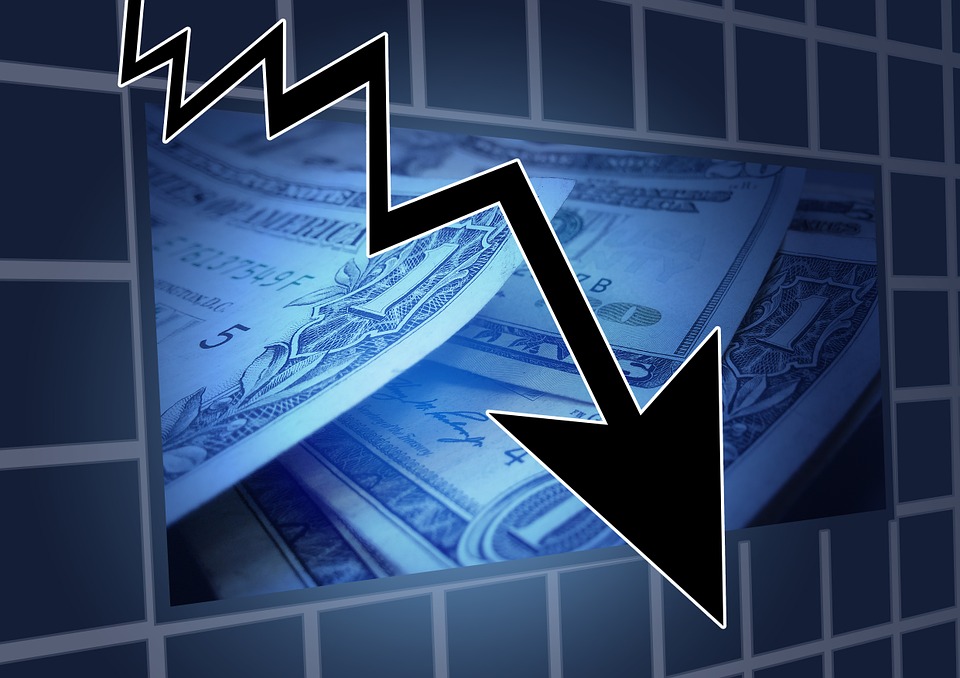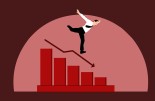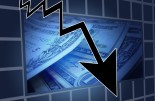La Française: Recession? Which recession?

By François Rimeu, Senior Strategist, La Française AM
The dichotomy between ever-present weak soft data (PMI surveys, ZEW, etc.) and solid hard data (industrial production, retail sales, etc.) continues with some economies refusing to slow down despite the successive shocks that most of them have experienced. This paradox is particularly true in the United States as well as in the eurozone but can also be seen in most developed economies. Are we in a recession or not? Is it possible – perhaps for the first time – that economists are right and have correctly anticipated a recession?
Indeed, many indicators suggest that a recession is on the horizon. The strong growth witnessed in 2021 and early 2022 was largely caused by massive budgetary outlays by the various governments as a result of Covid crisis. While 2022 also saw significant spending across Europe due to the energy crisis, this spending is relatively lower than in previous years. This is what we see on the top-right graph showing the credit impulse in the Eurozone, which has now been negative for over a year. Given the time lag of fiscal policies (between 12 and 18 months), these effects should have a negative impact on growth in 2023. The scenario is the same, but less marked, in the United States.
The Conference Board publishes an indicator that takes into account the ten most reliable advanced indicators in the United States (consumption, employment, etc.). Historical analysis shows that it is a reliable indicator for forecasting recessions in the US, since every time it goes negative for an extended period of time, a recession occurs sooner or later. According to this indicator, the recession will not necessarily be deep (nevertheless, it remains a possibility) and it should take place in 2023.
The real estate market is also a good benchmark to assess the health of an economy and the probability of a recession occurring. Broadly speaking, jobs derived from real estate activities represent about 14% of employment (source: Bloomberg) in the United States. Moreover, it is a market that adjusts very quickly when financial conditions change, which is the case today. With the sharp rise in mortgage rates over the past nine months, the housing market has already started to correct. Logically, this has a major impact on the confidence of the stakeholders in this sector. Thus, when confidence falls, activity falls, and unemployment rises. Unemployment registrations, which currently stand at 226K, could jump to over 400K by 2023!
In short, the vast majority of leading indicators point to an extremely high risk of recession in Europe and the United States. The timing is unclear but, currently, it seems like a highly likely scenario.
Ambivalent signals complexifies the macroeconomic reading
However, other signals tell us that it is not about to happen. Recession? What recession? In the United States, nothing is less certain! Moreover, the latest growth forecasts from the Atlanta Fed reveal a growth forecast of 4.2% for the fourth quarter.
To have a recession, you need a labour market that is in significant decline, which is not at all what we are currently witnessing. Yes, some indicators are starting to slow down, but they do not point towards an impending recession.
Wage growth continues to accelerate, a sign that the job market is doing very well, which in turn should allow consumption to weather the storm. In addition, wages are rising faster for the least advantaged in society, such as young people, individuals who are paid by the hour, the least educated, etc. After several decades during which this segment of the population has suffered, this is good news.
The number of job vacancies remains strong, particularly in service sectors, with a job vacancy/jobseeker ratio much higher than 1, which offers an alternative to consumers: your salary does not rise as quickly as inflation but you can easily find a second part-time job to offset these price increases.
This is also what we are seeing in the figures: part-time jobs are gradually increasing in the United States, especially in sectors offering high flexibility and rising wages. According to the website Monster.com (one of the main job search sites in the United States), 75% of workers say they are likely to seek such employment to cope with price increases.
American consumers are also in a robust financial situation. Yes, outstanding loans are increasing, yes the savings rate is falling but that is not enough for American consumers to be forced into a situation where they must reduce their spending. The St Louis Fed now estimates that interest payments on US household debt currently accounts for only 9.6% of household income, which is less than in the pre-Covid period, meaning there is still a buffer before US consumption would collapse.
Are we in a recession or not? We believe that a recession now seems highly likely but that it could be delayed.
December Outlook
The rise in the markets over the past two months has been fuelled by the prospect of a sharp decline in inflationary risk, leading central banks to adopt a less restrictive tone. It seems to us that the focus of the market could shift in the coming months to growth risks which could lead to a decrease in the correlation between the bond and equity markets.










